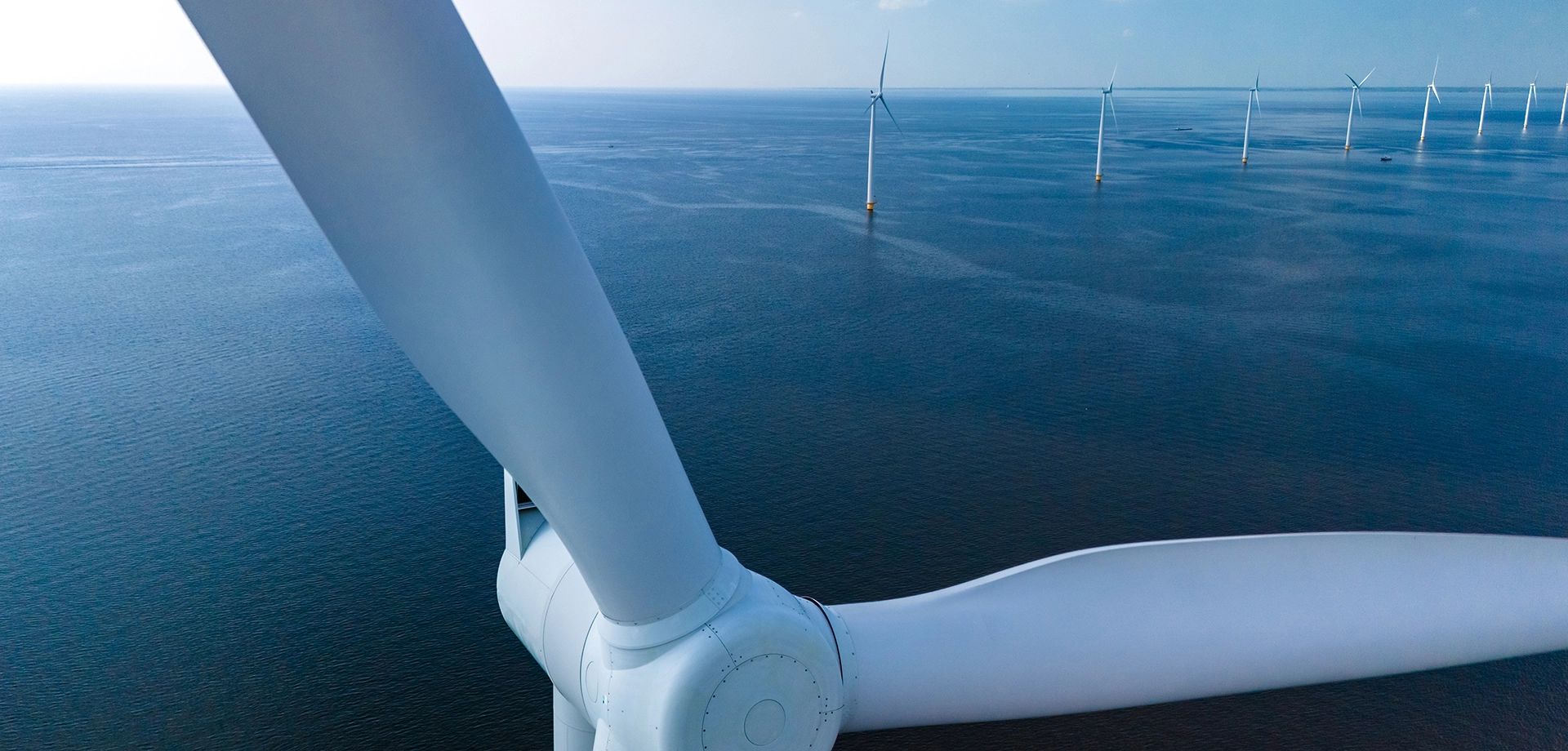George Felcyn, senior director of government affairs in Bracewell’s Policy Resolution Group, discusses the future of the wind industry under a second Trump administration.
Transcript:
Donald Trump has won the election and is set to return to the White House. So, what does that mean for the future prospects of offshore wind over the coming years?
Well, let’s look at a couple of challenges that lie ahead, first, and then we’ll ask some other questions that’ll help us understand what’s at hand.
So number one, big challenge: leasing. The Biden administration itself might have created the playbook here. When President Biden came in early in his administration and signed an executive order that suspended new lease sales for oil and gas on public lands and federal waters, leasing activity came to a halt. The issue eventually went to the courts, and it was a matter of some years before new oil and gas leases actually came to be. And we might expect some variation of that scenario in the Trump administration.
Challenge number two that lies ahead: permitting. So, even in the best of times, the Interior Department has struggled to efficiently issue permits for the construction and operation plans that big offshore wind projects need to pivot from the planning and preparation stage to building out in earnest. Some strides have been made on that front within BOEM, but with the second Trump administration now coming to town, we’re likely to see some attrition from the federal agency bureaucrats that are in charge of those permitting reviews, coupled with a newfound focus within the Interior Department on getting oil and gas resources going once again, both offshore and on public lands. So, as a result, we can expect to see bone take its foot off the pedal when it comes to issuing offshore wind permits in a timely fashion.
Next, a question mark that we should all be considering, and the question mark is the Trump trade policy writ large. So, as we all know, President Trump has campaigned heavily on the benefits of an aggressive use of tariffs in his new administration. But what happens when you place tariffs, which are in effect taxes on imported goods? Well, the prices of those goods go up. And that happens, whether you’re buying domestically or from overseas, because the market has been artificially restrained. So what do rising prices create? Well, you guessed it, inflation. Inflation is one of the big factors on offshore wind projects over the past few years, and depending upon how the Trump administration plays its tariff policy, we could see a resurgence of it once again.
Okay, now I’m going to shift gears a little bit and give a couple of reasons to hold out hope for offshore wind in the next couple of years. The first reason is union votes. So, Tuesday night was a huge win for Republicans, as we all know, and union members were a part of that red vote that surprised everyone. Union members have made no bones about their willingness to vote for Donald Trump, and the Republican Party has taken notice of this new dynamic. So one thing to remember here is that big offshore wind projects like building ports and staging and assembly facilities, all the big things you need to get those projects going, those are also big sources of union jobs, and union members want more industrial sized job opportunities, not fewer. So offshore wind, by proving to be a good source for those jobs, it’s only now really getting going. It makes the political calculus around trying to sideline the industry a little bit more tricky than we might have expected it to be.
So, reason number two to hold out hope for offshore wind comes down to the growing need for electricity in the United States. Look around us. We see the rise of AI, the use of crypto currency, EVs, the generalized movement to electrification in homes and in the commercial sector, this means huge projected increases for energy demand in the US over the next couple of years. Now, offshore wind projects are nothing if not massive potential sources of new power. Each project is in itself capable of electrifying hundreds of thousands of homes all by itself.
So, if I’m in the new Trump administration and I’m in charge of energy policy, I’m going to have a hard time overlooking the benefits of offshore wind as a potential resource that we all might need in a very serious way over the next four years and even beyond.

